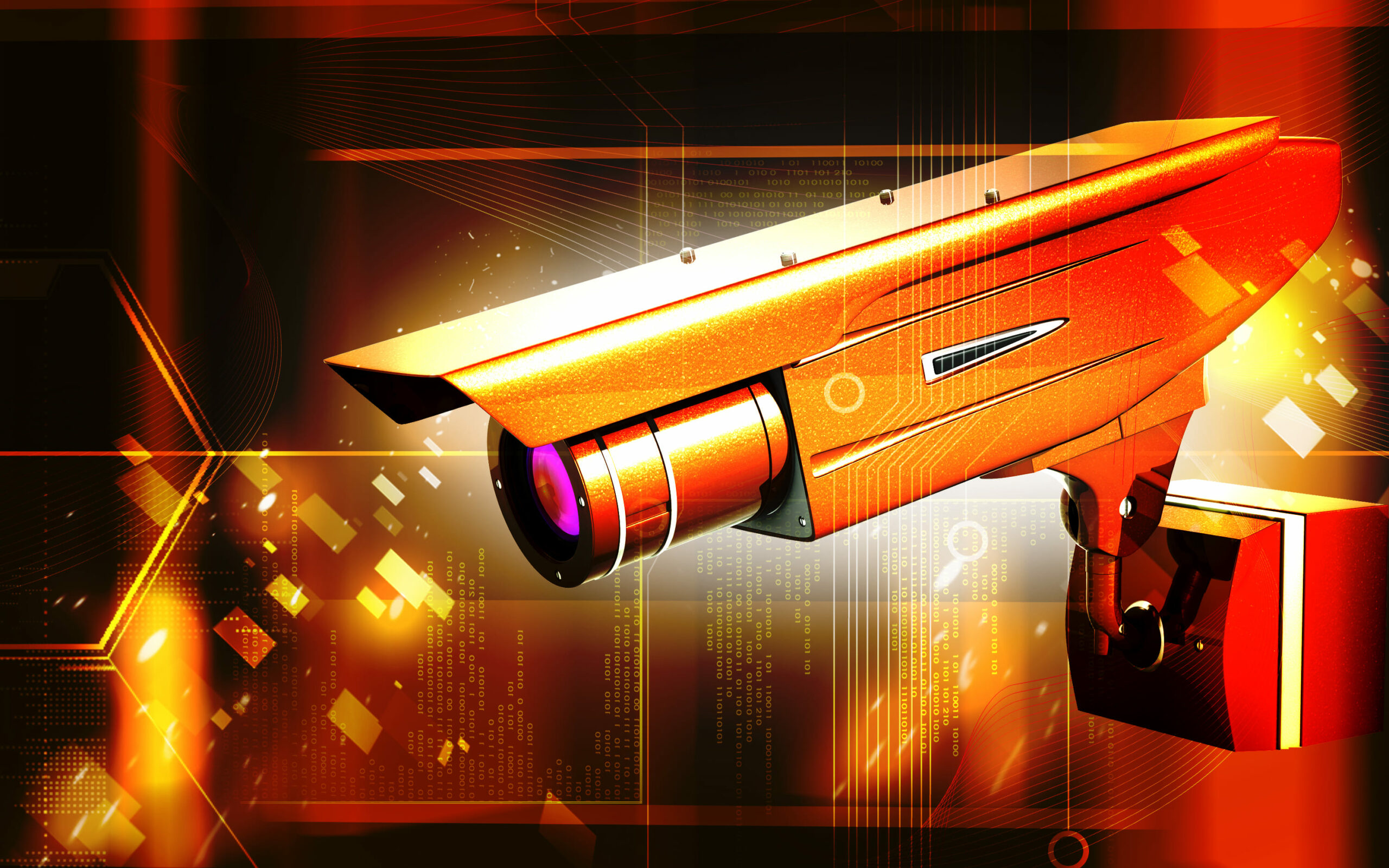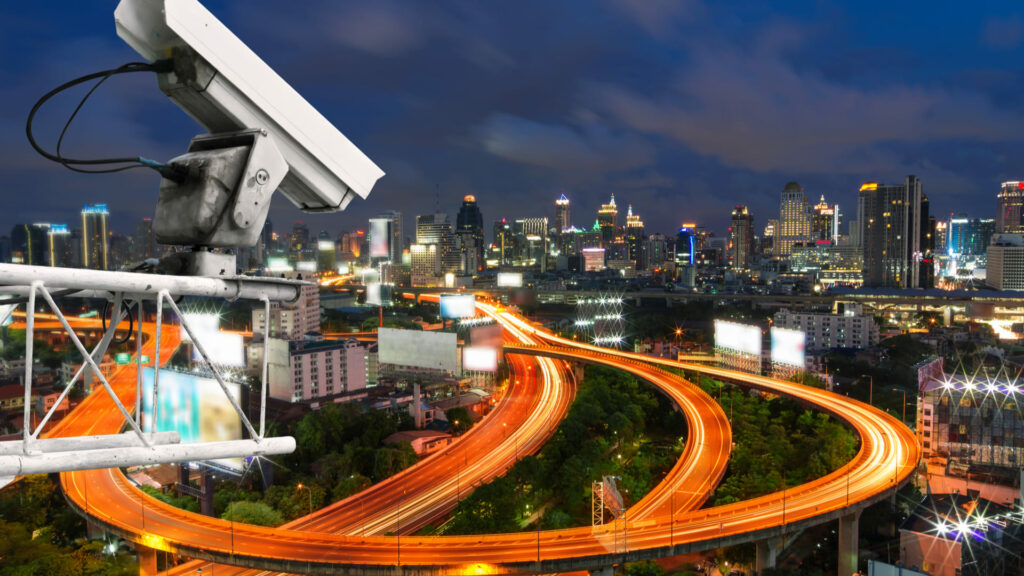
TOP 8 indisputable advantages of thermal video surveillance systems
TOP 8 indisputable advantages of thermal video surveillance systems
Many ideas from science fiction films of the late 20th – early 21st century have been brought to life. I’m talking about the specific capabilities of some equipment to see the thermal field of a person and other objects. Today, a thermal imaging camera will no longer surprise a child. Let’s talk in detail about the advantages and disadvantages of thermal imaging equipment for video surveillance.
What is a thermal imager in video cameras?
Let’s start with the basics of physics: any object with a temperature of more than absolute zero (namely, more than minus 273 degrees Celsius) emits heat. It is also called infrared or thermal radiation.
Unfortunately or fortunately, the human visual organ is not able to distinguish this type of heat release. However, this topic has haunted scientists since the Middle Ages, and the first definition of “thermal radiation” was given by the Swedish chemist Carl Scheele in 1777.
At the heart of modern thermal imaging cameras is a non-contact measuring device that reads heat indicators and determines the temperature difference between the object and environment. This is the main principle of a thermal imager in a video camera.
Visually, the heatmap differs based on temperature elevation and temperature differences. Accordingly, a higher temperature of an object gives more intense radiation, and a higher temperature difference between different objects gives a brighter and more contrasting image.
Areas of application
Until 10 years ago, thermal imaging cameras were used primarily for scientific purposes. Today they are already involved in various areas of human life, namely:
- construction (for inspection of electrical, gas equipment);
- medicine (for diagnostic, fire-fighting purposes);
- production (for control and automation of production processes, in order to find and eliminate leaks of heat/cold and energy resources, as well as fight fires in production);
- hunting (to determine the location of animals);
- security (perimeter protection, license plate recognition);
- fire safety in general;
- in stores (for building heat maps to optimize the layout of goods, determining the moving flows of customers inside the sales area);
- in all spheres of life, in order to combat epidemiological disasters. Here the main advantage of thermal imaging cameras is the contactlessness of thermometry;
- in everyday life (to find and eliminate places of heat and energy leaks).
TOP 8 advantages
It is important to understand that a thermal IP camera can provide the full range of benefits. All details about network (IP) cameras can be found in the article “Network video surveillance cameras: 7 advantages and 4 disadvantages“.
Advantages of thermal video surveillance systems:
- Excellent performance in all conditions.
Weather conditions always affect the operation of CCTV cameras. But thermal imaging cameras are an exception: they are not interfered with by snow, rain, fog, smoke, mud. Even lush vegetation cannot trap heat radiation.
- Excellent image quality in complete darkness.
A significant plus of the thermal imager is that there is no need to illuminate the object of surveillance. In total darkness, a thermal imaging camera works exactly the same as on a clear, sunny day. Conventional cameras require special lighting, or it is recommended to install special night vision cameras, such as a wireless night vision cameras.
- High measurement accuracy.
The accuracy of cameras is 0.1 degrees Celsius or higher.
- Non-contact measurement.
A year ago, humanity did not even think that ubiquitous thermometry and contactlessness would be the main trends in 2020. And it is contactless technologies that will lead business and everyday life in the future.
- Opportunities for surveillance over huge distances and areas.
Thermal imaging camera manufacturers claim the following average specifications:
| Surveillance aspect | Person/meters | Auto/meters |
| Detection | up to 1500 | up to 5000 |
| Recognition | up to 400 | up to 1500 |
| Accurate identification | up to 190 | up to 600 |
- Minimization of false alarms.
The imperfection of motion sensor algorithms leads to a large number of false alarms. Motion sensors in conventional cameras can be confused by a flying plastic bag, the movement of tree branches, and natural phenomena. Thermal imaging cameras are completely devoid of this drawback: for detection, they need the temperature of the object and its difference with the environment.
- There is no backlight.
The Achilles’ heel of conventional cameras is ambient light. These can be sun rays, any sources of light (for example, headlights of a car), including ones deliberately directed at the camera. Cameras based on a thermal imager are not sensitive to light.
- Legal hidden camera.
Who doesn’t want to use a camera stealthily? However, the current legislation of the Russian Federation completely excludes the secret (spy) use of equipment that contains a video camera and microphone. In addition, cameras without a thermal imager are usually supplied with additional light sources that directly indicate the location of the camera.
Thermal surveillance equipment does not require light sources, and therefore cannot be detected in the dark.
Disadvantages
It is possible to designate certain disadvantages of thermal imaging video surveillance systems, depending on the camera model:
- High cost. If you look up “buy thermal imaging camera”, the results will not make you happy.
- Complicated installation and assembly of the system, that is, the consumer is forced to use the services of professionals and, accordingly, spend extra money.
- Technical capabilities to cheat the system.
How to become invisible to a thermal imaging camera?
I want to clarify the answers to the following questions:
- how to become invisible to a thermal imager? To do this, the ambient temperature must completely coincide with the temperature of the body of the object (person);
- do walls interfere with the operation of a thermal imager? Yes, they do. But if a heat source heats up the wall or part of it, the thermal imager will catch the temperature difference;
- how does clothing affect human detection? A thermal imager sees clothes heated by the heat of the human body;
- can you blind a thermal imaging camera? No, but theoretically only such a powerful light source as a thermonuclear bomb can blind a thermal imager.
Conclusion
Thermal video equipment is a promising source of development for the IT market. And as a result of the global epidemiological situation, the process of introducing thermal imaging cameras into business has significantly accelerated. Very soon, every office center and shopping mall will be equipped with automatic thermal imagers, contactless access means (opening doors, controlling elevators). The future has already arrived.














